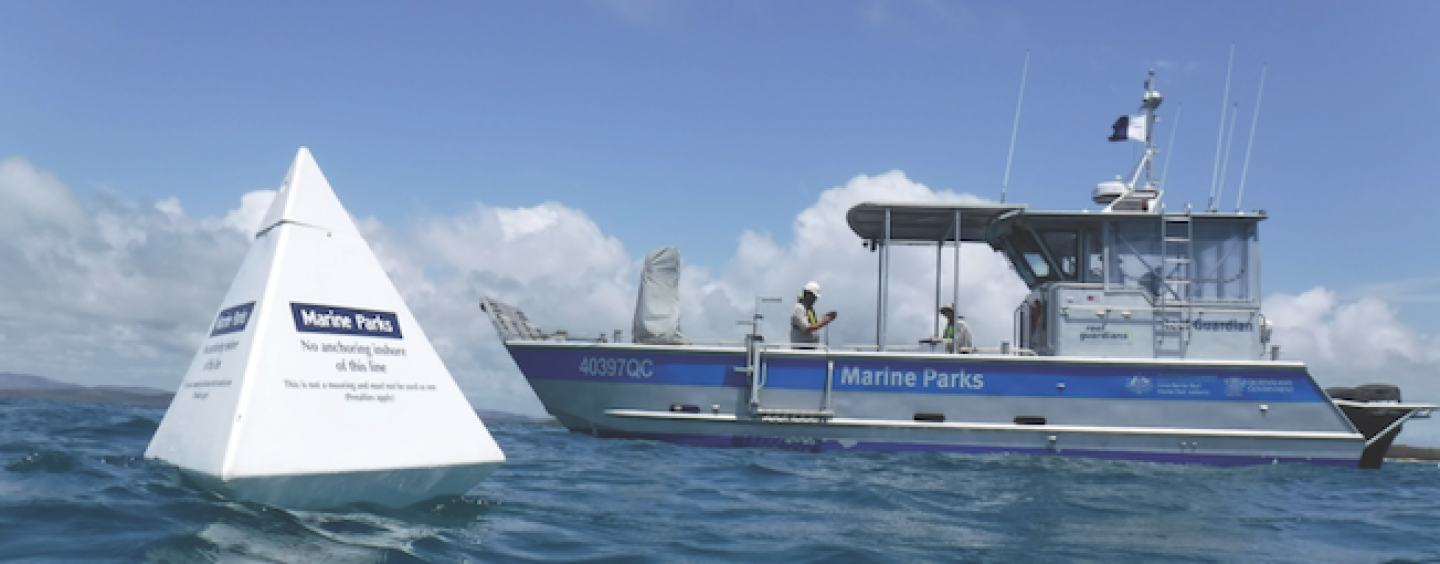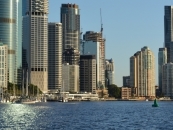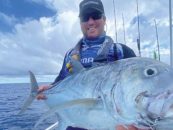Whether you’re visiting in your own boat, hiring a vessel, or doing a charter; the Great Barrier Reef is a spectacular place to visit. With more than 2,900 reefs and 1,050 islands, there’s so much to see, do and enjoy. But while you’re having fun and immersing yourself in this natural wonderland, make sure you know the rules and take some simple steps to keep yourself safe and protect this iconic World Heritage Area.
KNOW YOUR ZONES
Marine Park zoning is an important component in managing marine areas. The Great Barrier Reef Marine Park is a multiple-use area and has different activities allowed in different ‘zones’. Zoning helps to manage and protect the World Heritage Area. No-take green zones (also known as Marine National Parks) directly contribute to replenishing fish stocks and building the Reef’s resilience, which is why it is really important visitors are aware of the rules. For example, green zones are ‘no-take’ areas, so activities like fishing or collecting (for example, marine life, shells) are not allowed and can attract a fine of $2,100; while Conservation Park (yellow) zones allow for limited extractive use. In these zones, fishing is limited to one line and one hook, and trolling has a maximum of three lines and six hooks.
There are also zones with strict no-entry rules like Preservation (pink) zones, and some Scientific Research (orange) zones. The best way to make sure you are well informed is to get a free zoning map from a bait and tackle shop or visitor information centre (also available at www.gbrmpa.gov.au), or download
Eye on the Reef app
the free Eye on the Reef app, which shows zoning. The app is available from the Google Play or App Store, and the zoning layer continues to work when you are out of mobile range.
YACHTIES — DON’T SET AND FORGET
Sometimes yachties can simply set a troll line and get underway, forgetting to remove and securely stow the line as they sail into a no-take green zone. Before you depart, make sure you plan where you are going and check what is allowed in each zone along the way.
BE THE REEF’S EYES AND EARS
All marine parks visitors have a valuable role to play in protecting the Reef by reporting any suspected illegal activities they see, including poaching from no-take green zones. This helps the Great Barrier Reef Marine Park Authority and its partners to protect the Reef at a time when it faces increased vulnerability.
Reports can be made anonymously by calling the free 24-hour hotline number on 1800 380 048, or by making a report on the Great Barrier Reef Marine Park Authority’s website at www.gbrmpa.gov.au/report-an- incident.
You will need to provide a few simple details, such as vessel identity, what they are doing, when and where; even if it’s the nearest landmark. And, if possible, taking a photo on your phone or camera is helpful, and including it with your upload to the app or report.
USE A FREE PUBLIC MOORING
While the Great Barrier Reef offers visitors stunning vistas – both above and below the water — it also contains some very fragile environments that can take seconds to destroy by dropping your anchor over coral reefs.
There are more than 270 public moorings from Lady Elliot Island in the south to Lizard Island in the north that are free to use. The blue beehive shaped buoys attached to the moorings have a colour-coded band explaining the class (vessel length), time limits and maximum wind strength limits applying to the mooring. All public moorings are available for overnight use.
Keep an eye out for Reef protection markers — these indicate no-anchoring areas and are identified by their white pyramid-shaped buoys with a blue label. However, do not use these as a mooring (penalties apply).
Photo by multihullsolutions.com.au
Maps of public mooring locations and their GPS coordinates are available at http://www.gbrmpa. gov.au/access-and-use/responsible-reef-practices/ anchoring-and-mooring.
BE MINDFUL OF MARINE ANIMALS
If you see any sick, dead or stranded marine animals like turtles, whales, dolphins or dugong, report them to the free hotline 1300 130 372.
The Great Barrier Reef is a vitally important habitat for about 30 species of whales and dolphins and they are a spectacular sight. Please keep an eye out when you are transiting, particularly during humpback whale migration season (May to September).
If you do encounter a whale or dolphin, remember to respect the approach distances — this is for everyone’s safety. There is detailed information at http://www. gbrmpa.gov.au/access-and-use/responsible-reef- practices/caring-for-the-reef, but the key points to remember are: you cannot restrict the path of these marine mammals, you must stay 100 metres away (300 metres if you are in the Whitsundays), and – if the animal approaches you – disengage the gears and do not change course suddenly.
Also, make sure you are ‘Reef Smart’ by ensuring you do not throw food scraps overboard, or feed the fish or other marine animals. ‘Be Reef Smart’ information is available from this link: http://bit.ly/2OCx5S3
TAKE CARE OF OUR ISLANDS
If you are planning to step ashore some of the picture- perfect islands of the World Heritage Area, make sure you are not carrying any stowaways with you. The Great Barrier Reef’s islands are among the most pest- free in the world and they need to remain that way. Please visit www.qld.gov.au and search for ‘Be Pest Free’ before your visit.
If you are going to camp on one of the island national parks, you will need to book your site and purchase a permit in advance. School holiday periods often book out quickly and visitor numbers are limited to ensure a quality island experience. Book via www.qld.gov.au/ camping or call 13 QGOV (13 74 68).
Remember domestic animals, open fires and generators are not permitted on island national parks. Also, protect the areas and yourself by staying on marked tracks, carrying plenty of water, and taking all rubbish off islands and disposing of it thoughtfully.
BECOME A REEF CHAMPION
Share the highlights from your trip using the hashtag #LovetheReef, and follow the Great Barrier Reef Marine Park Authority’s social channels @GreatBarrierReefMarinePark and Queensland Parks and Wildlife Service at @qldnationalparks. You can also download and share materials from the Reef champion’s pack, which has information about how you can help to protect the part of the Reef you are visiting: www.gbrmpa.gov.au
Published in the Jan-Mar 2020 edition.



























